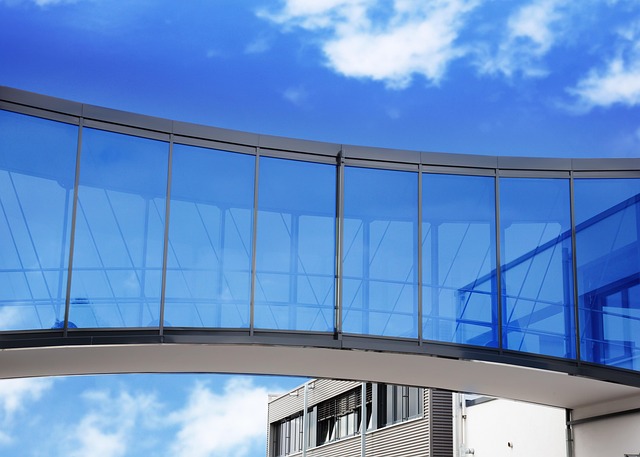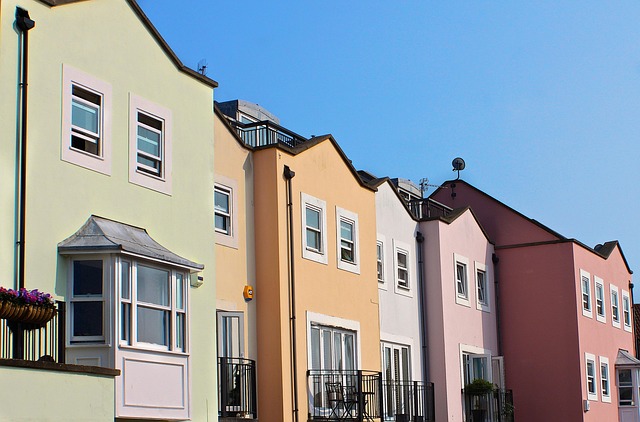In real estate, strategic planning for community infrastructure is key to creating vibrant, sustainable neighborhoods. This involves optimizing land use, prioritizing essential services like utilities and healthcare, and integrating mixed-use developments, green spaces, and community centers. Well-designed layouts enhance aesthetics and navigation, fostering social connections through cultural events and shared experiences. By focusing on these aspects, developers can build thriving communities where residents thrive and feel a strong sense of belonging.
In the world of real estate, successful developments go beyond mere buildings; they revolve around robust community infrastructure. This article explores three pivotal aspects: understanding the backbone of community infrastructure, planning layouts that maximize space and enhance living, and strategies for fostering thriving neighborhoods. By delving into these sections, we offer insights to create vibrant communities that resonate with residents, elevating the overall quality of life in real estate investments.
Understanding Community Infrastructure: The Backbone of Successful Real Estate Developments

In the realm of real estate, community infrastructure is the unsung hero that weaves the very fabric of successful developments. It’s more than just roads and parks; it encompasses a web of essential services and amenities that connect and serve residents. Think reliable utilities like water, electricity, and internet connectivity, as well as crucial facilities such as schools, healthcare centers, and transportation networks. These elements are the backbone of any thriving community, fostering social cohesion and enhancing overall quality of life.
When planning a real estate project, understanding and prioritizing community infrastructure is paramount. It not only facilitates the daily lives of residents but also contributes to property values and the long-term sustainability of the development. Investing in robust infrastructure from the outset ensures that the community can grow and evolve together, creating a vibrant and desirable place to call home.
Planning for Optimal Layouts: Maximizing Space and Enhancing Community Living

In real estate, strategic planning for layout and community infrastructure is paramount in creating vibrant and sustainable living spaces. By optimizing the use of available land, developers and urban planners can maximize both residential density and open green spaces. This involves careful consideration of building placement, road networks, and amenity areas to ensure efficient and harmonious coexistence. A well-designed layout not only enhances aesthetics but also facilitates easy navigation, promoting a sense of community among residents.
Community infrastructure plays a crucial role in fostering social connections and improving quality of life. Incorporating shared spaces such as parks, community centers, and recreational facilities encourages interaction and strengthens neighborhood bonds. These spaces become hubs for cultural events, social gatherings, and fitness activities, enhancing overall well-being and creating a desirable living environment. Through thoughtful planning, real estate projects can transform mere buildings into thriving communities where people thrive and connections flourish.
Building a Thriving Neighborhood: Strategies for Creating a Vibrant Community Infrastructure

Building a thriving neighborhood is not merely about constructing physical spaces; it involves cultivating a vibrant community infrastructure that fosters connections and enhances the overall quality of life. In real estate, this translates into strategic planning that goes beyond individual homes or buildings. Successful strategies often include creating mixed-use developments that blend residential, commercial, and recreational areas, promoting walkability and bike-friendly routes to reduce reliance on cars, and integrating green spaces like parks and community gardens. These elements not only contribute to a more aesthetically pleasing environment but also encourage social interactions and foster a sense of belonging among residents.
Community centers, public art installations, and local markets are other essential components that can bring people together. Encouraging diverse cultural expressions through events and activities promotes inclusivity and enhances the overall livability of the neighborhood. By prioritizing community engagement and collaboration, developers and urban planners can create spaces that meet the needs and aspirations of residents, turning a collection of buildings into a thriving, interconnected community.






